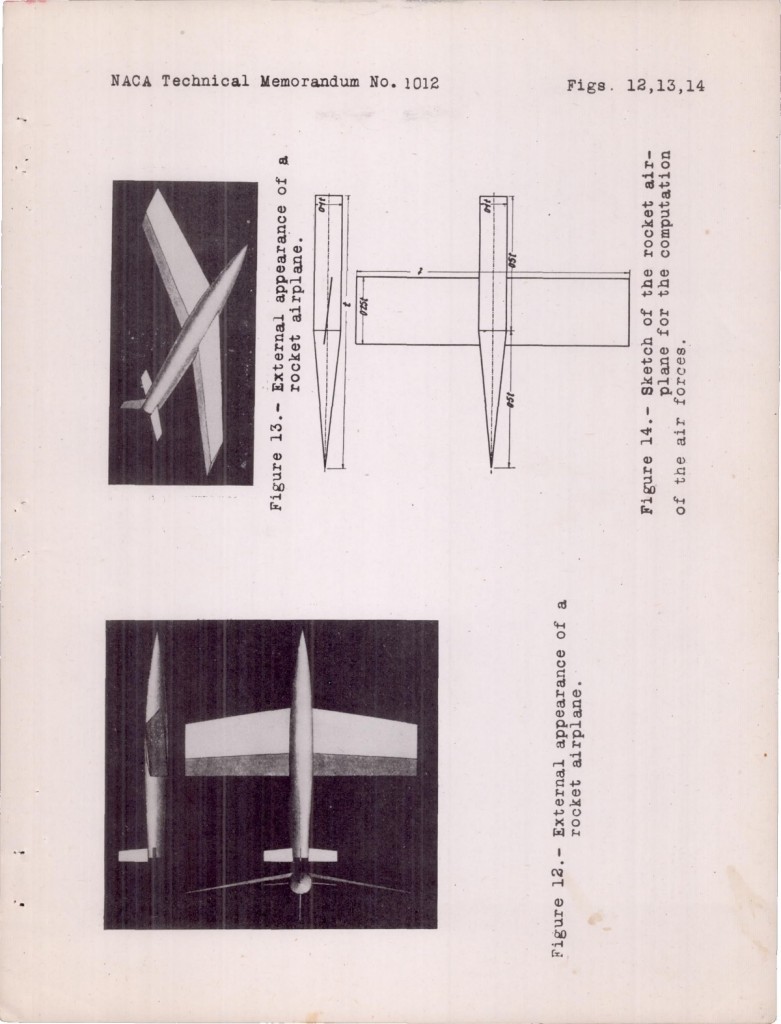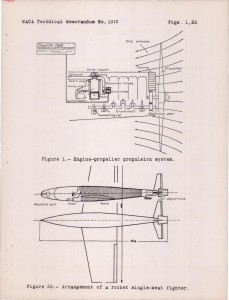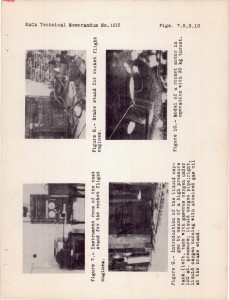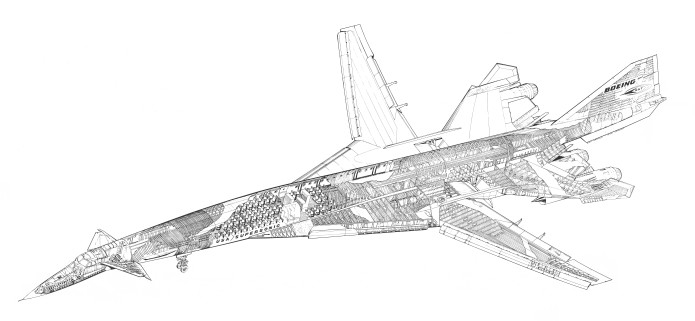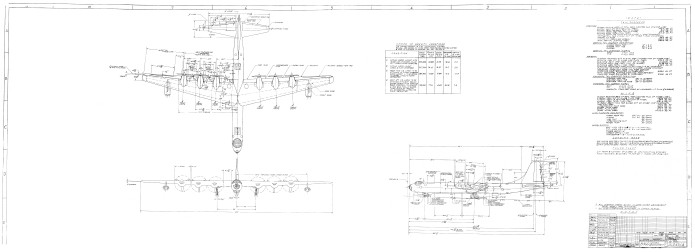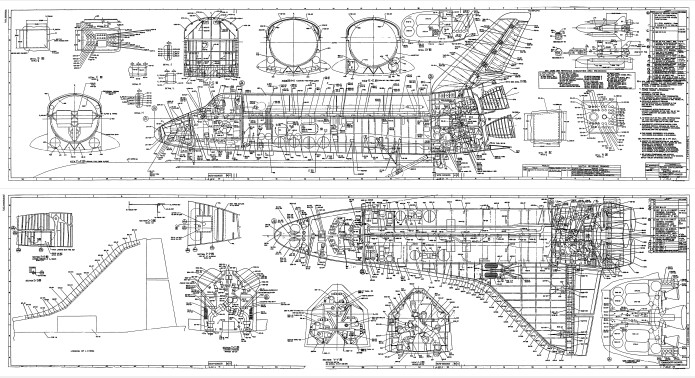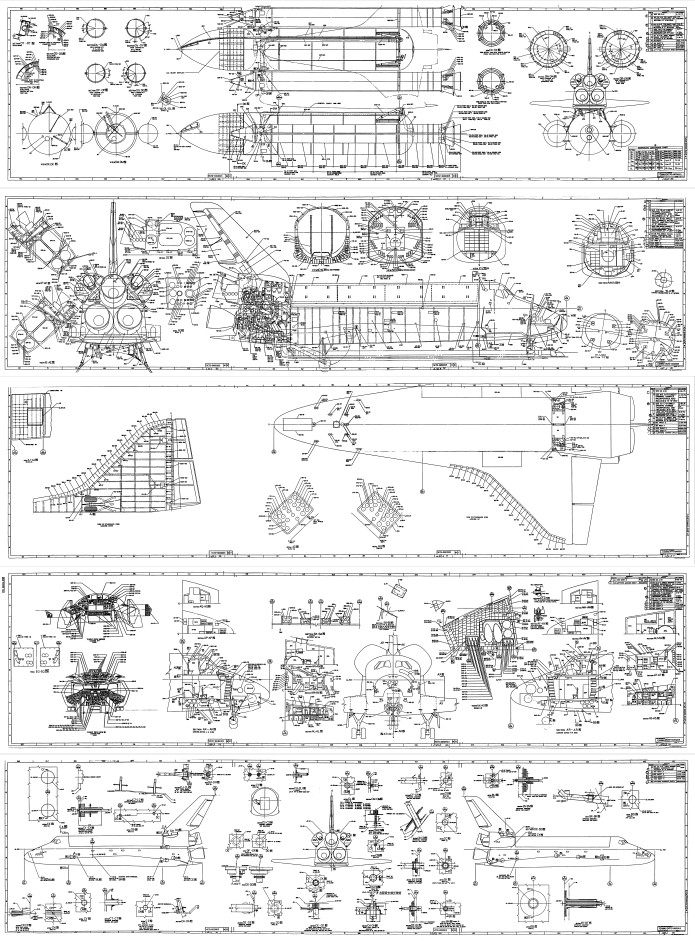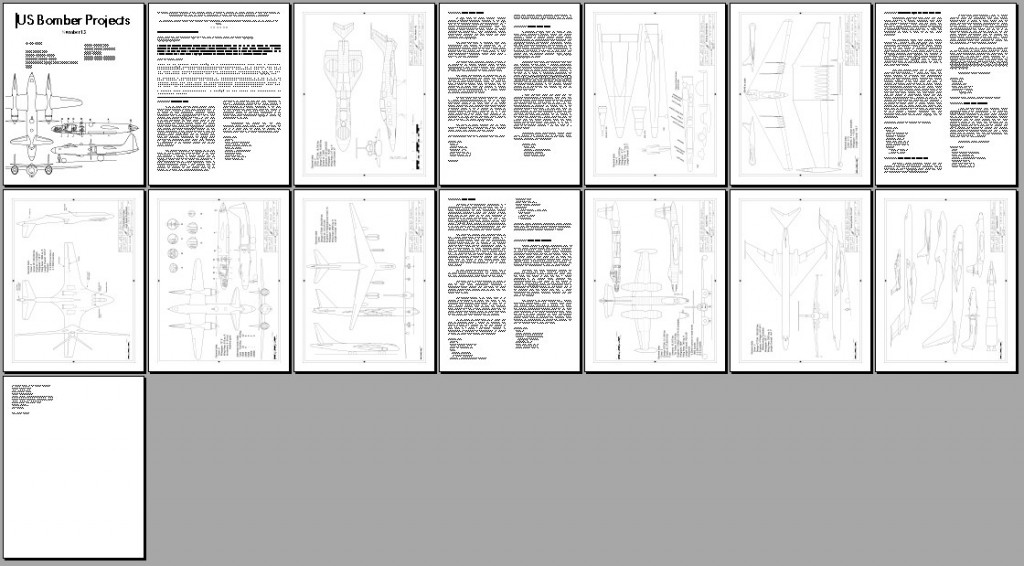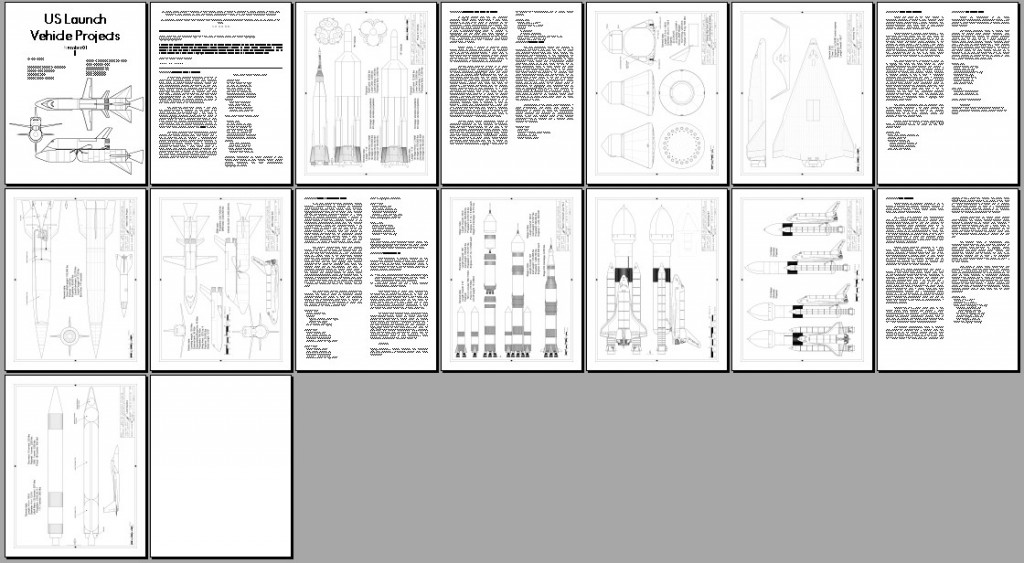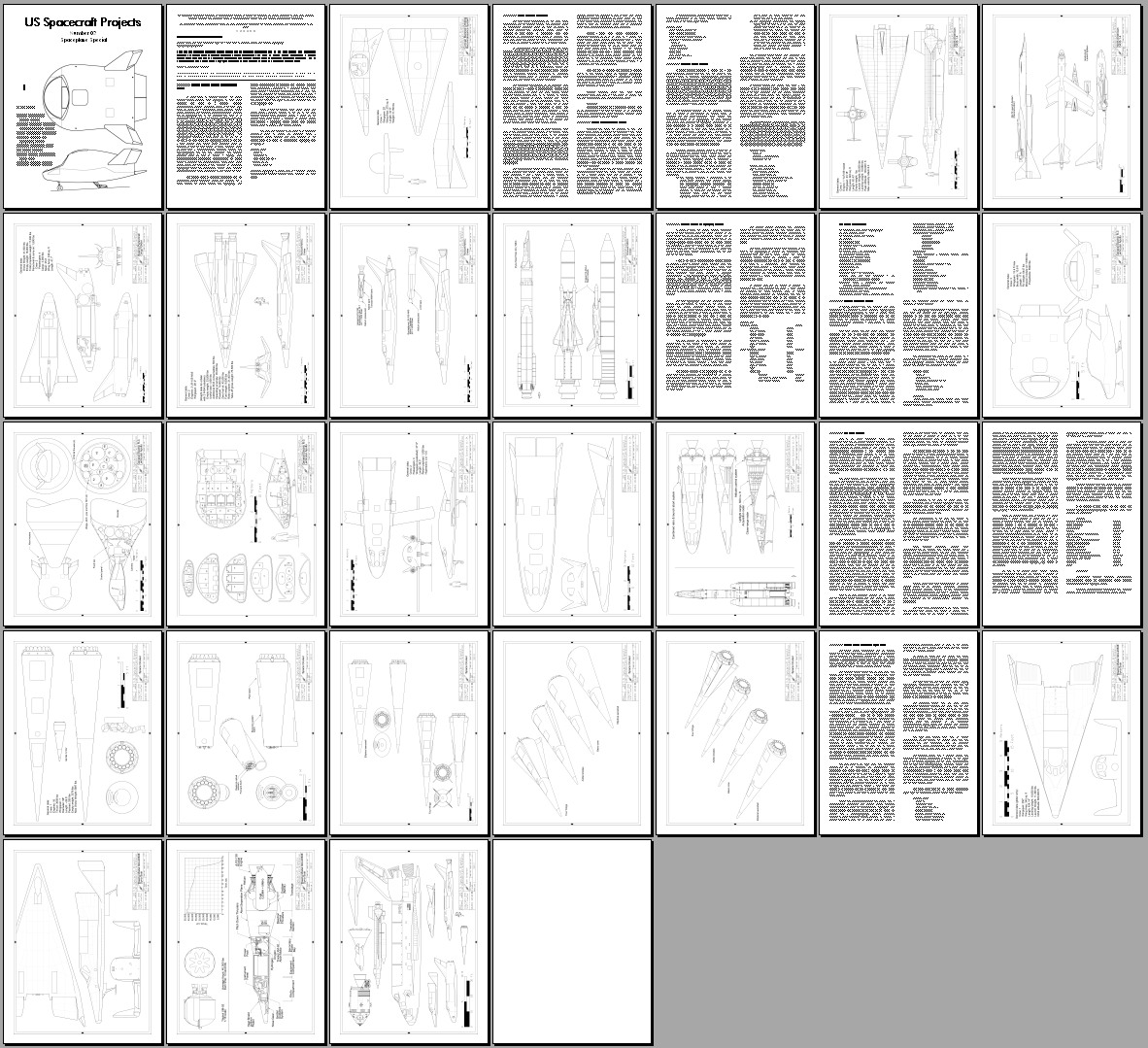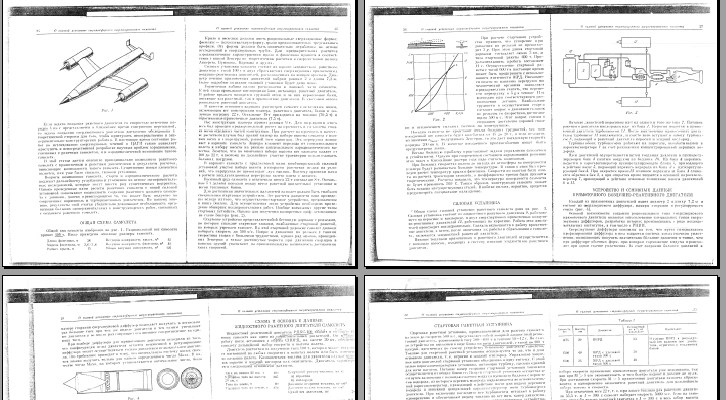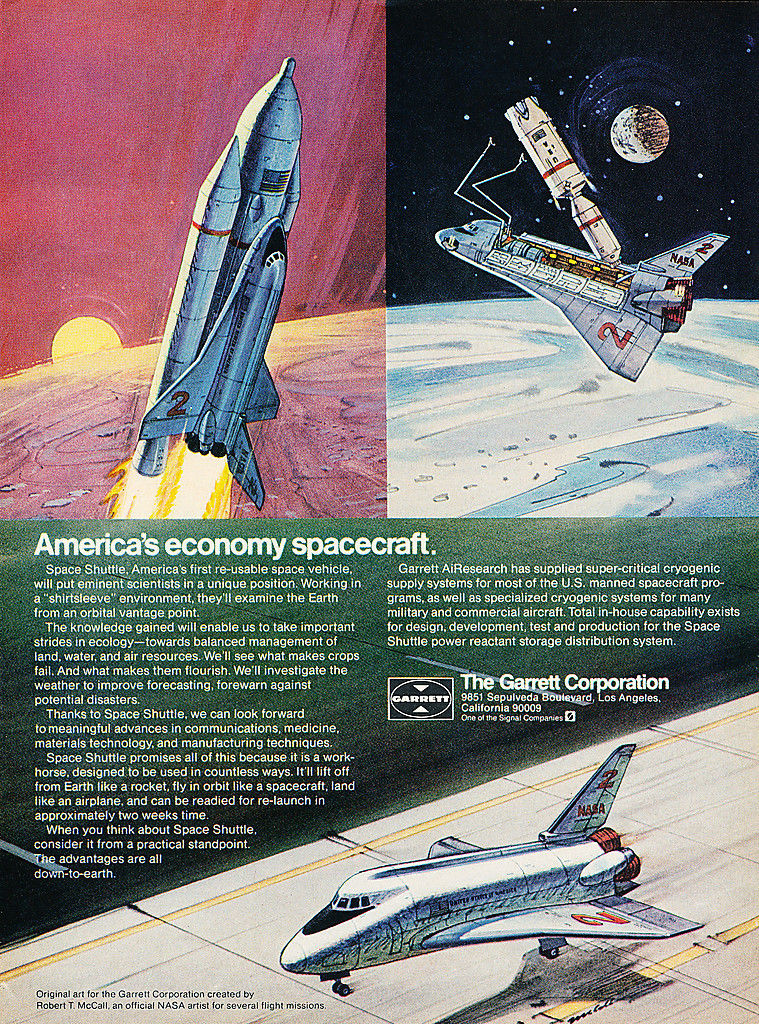Before Skylab fell out of the sky, a lot of people wondered “why doesn’t NASA just send a Space Shuttle to rendezvous with it and use it as a space station.” In the end, Skylabs orbit decayed earlier than expected due to solar activity heating up the outer atmosphere, increasing drag on the station. Coupled with delays in getting the Shuttle up and running, time simply ran out.
But for a while, the idea of rescuing Skylab and making use of it in orbit made sense. McDonnell-Douglas, for example, turned in a proposal for modifying Skylab with a substantial upgrade in power by way of very large photovoltaic “wings.” This proposal was dated December, 1978, far too close to the July 1979 destruction of Skylab for the idea to have had any hope of implementation.
The McDonnell-Douglas plan would have added additional thermal shielding to the main workshop and a Spacelab module for additional volume. New thermal radiators and docking facilities for the Shuttle would also have been added.
The full-rez version of this diagram has been made available to APR Patreon patrons at the $4 level.

